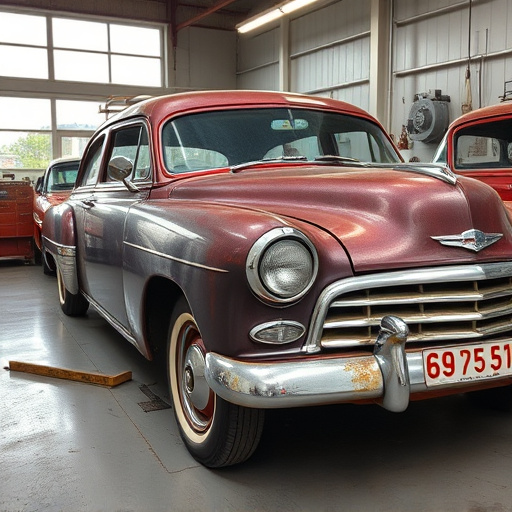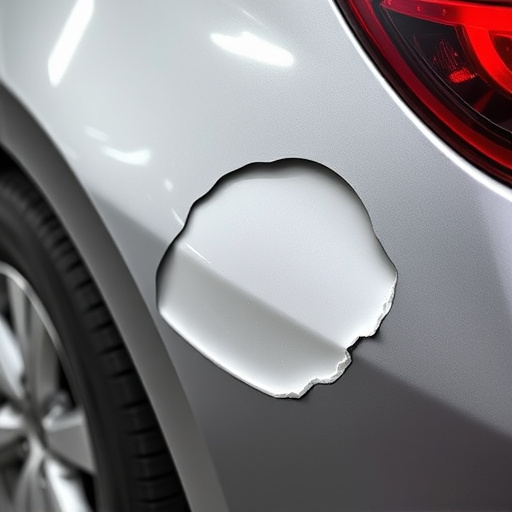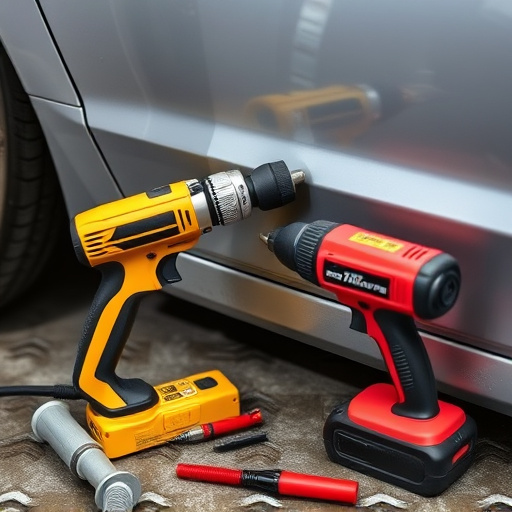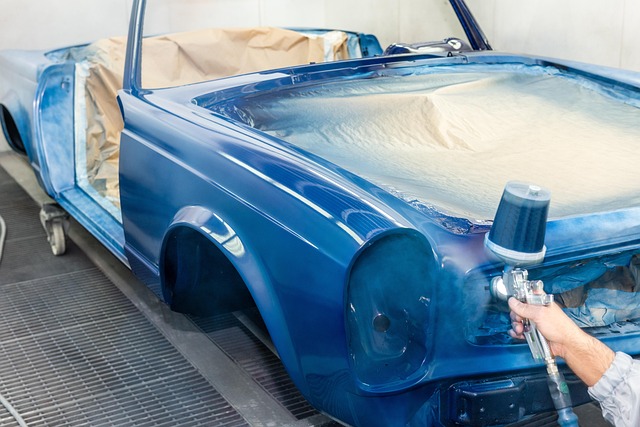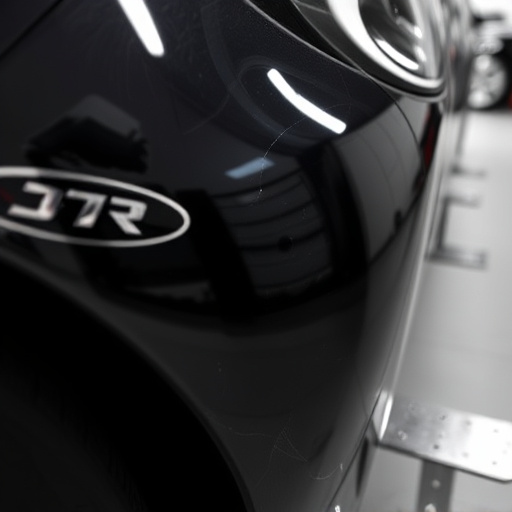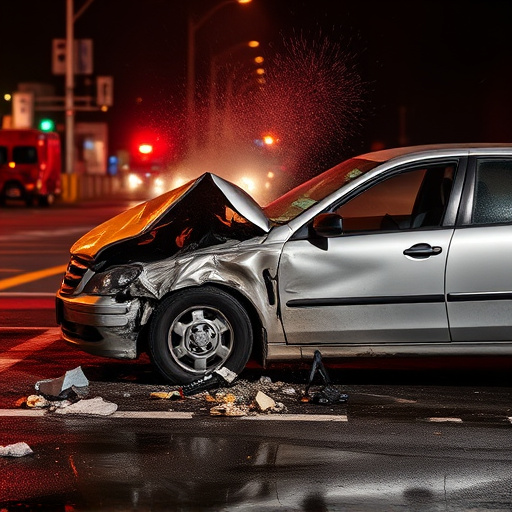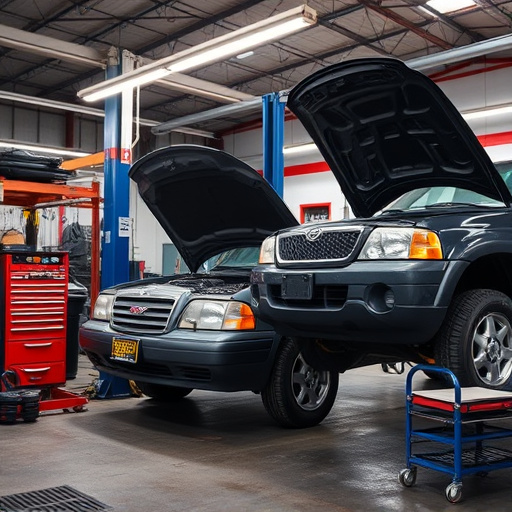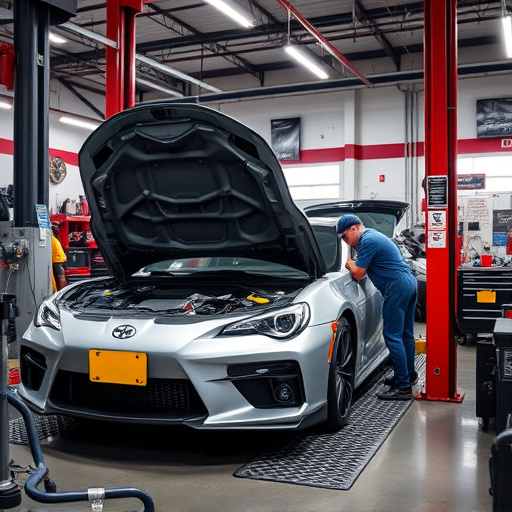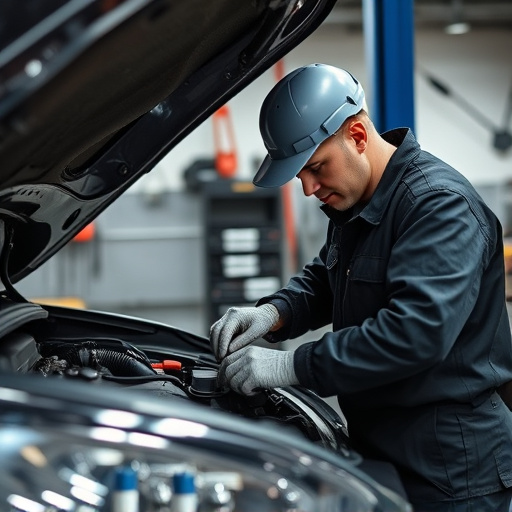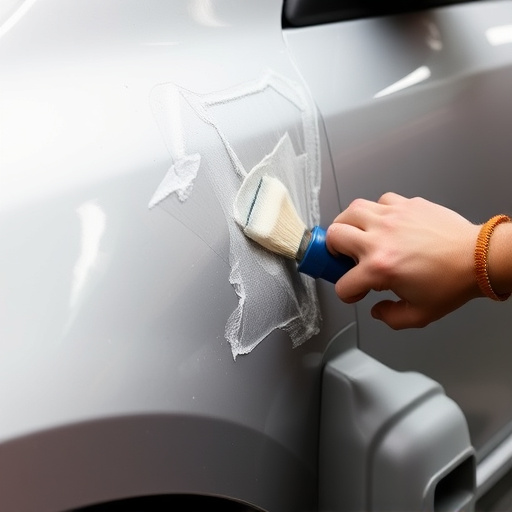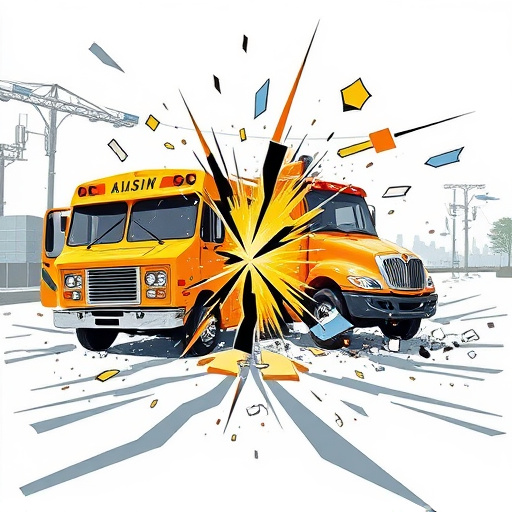Tesla's 12V auxiliary battery system is crucial for powering essential functions during power outages or charging. Owners may face issues like difficult starts and dim lighting, requiring professional Tesla electrical repair services to diagnose and fix problems ranging from loose connections to faulty cells. Prompt action ensures vehicle longevity, emphasizing safety precautions and accurate diagnosis through service manuals before repairs or replacements.
Struggling with your Tesla’s 12V auxiliary battery? This comprehensive guide is your go-to for tackling common issues and performing effective Tesla electrical repairs. Learn how to recognize symptoms like dim lighting, slow accessory performance, or a dead battery, and follow our step-by-step process to diagnose and resolve problems efficiently. Get back to enjoying the power of your Tesla with expert tips on Tesla electrical repair.
- Understanding Tesla's 12V Auxiliary Battery System
- Common Issues and Symptoms to Look Out For
- Step-by-Step Guide to Tesla Electrical Repair
Understanding Tesla's 12V Auxiliary Battery System
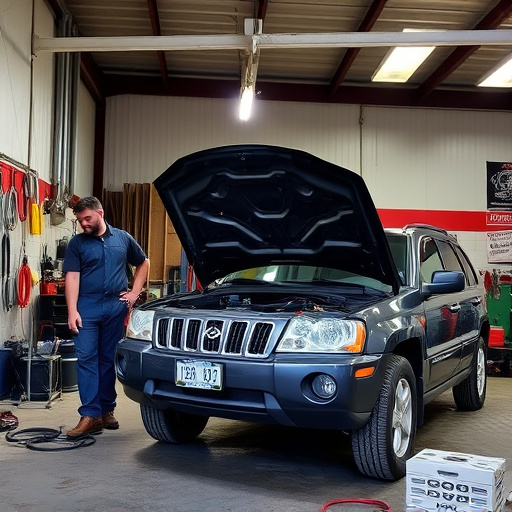
Tesla’s 12V Auxiliary Battery System is a critical component that ensures seamless operation of various onboard electrical systems in their vehicles. Unlike traditional car batteries, Tesla’s system is designed to provide backup power for essential functions during grid failures or while the main battery charges. This advanced feature sets Tesla apart in the automotive world, requiring specialized Tesla electrical repair services when issues arise. The auxiliary battery, strategically located within the vehicle, acts as a reliable source of 12V power, supporting critical systems like lighting, heating, and audio, keeping these functions operational even when the main electric motor is offline.
Understanding the intricacies of this system is vital for any auto repair shop catering to Tesla owners. The integration of the auxiliary battery with the vehicle’s architecture demands meticulous care during repair or restoration processes involving the car body. In many cases, what appears as a simple 12V issue could be indicative of a more complex problem, necessitating expert automotive body work and precision engineering to rectify. As such, Tesla owners should seek professional assistance from qualified technicians experienced in handling these unique electrical repairs.
Common Issues and Symptoms to Look Out For
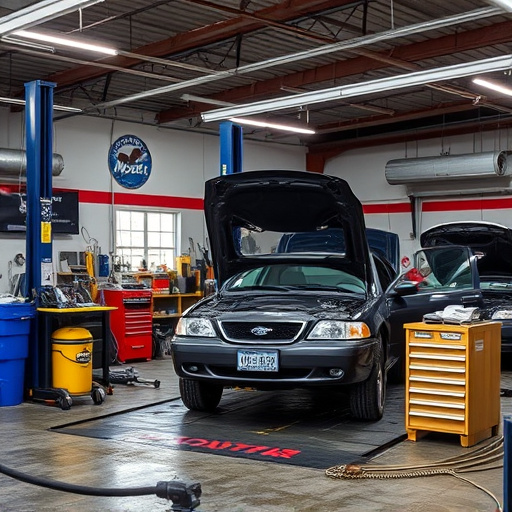
Many Tesla owners often encounter issues with their 12V auxiliary batteries, which can cause a range of problems and require professional Tesla electrical repair. Common symptoms include difficulty starting the vehicle, dim or flickering lights, slow window defrosters, and dead or sluggish power accessories like radio, heated seats, and ventilators. If your Tesla is displaying any of these signs, it’s crucial to address them promptly to avoid further damage.
The underlying causes can vary from a simple loose connection to more complex issues like faulty battery cells, corroded terminals, or an aging battery that has lost its charge capacity. Recognizing the specific symptoms will help you determine when it’s time to consult auto repair services specializing in Tesla electrical repair and ultimately, classic car restoration for your vehicle’s longevity and optimal performance.
Step-by-Step Guide to Tesla Electrical Repair
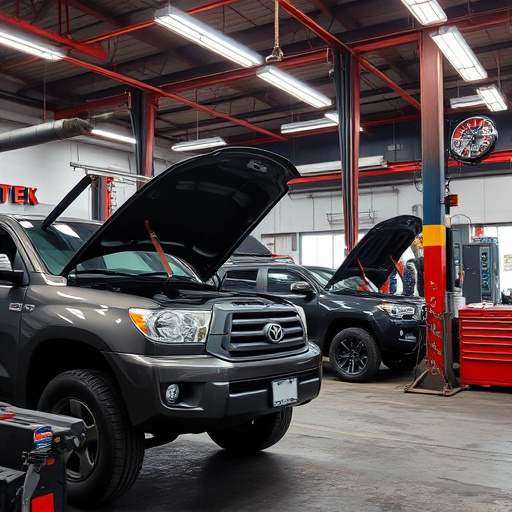
When faced with a Tesla electrical repair, especially for 12V auxiliary battery issues, many owners opt for professional services due to the vehicle’s complex electrical systems. Here’s a straightforward step-by-step guide tailored for Tesla owners. Firstly, ensure proper safety precautions by disconnecting the vehicle from any power sources and allowing sufficient time for voltage discharge. Next, locate the faulty battery or related components, which often require meticulous inspection and diagnosis. Compare these findings with your Tesla’s service manual for accurate identification of issues, whether it’s a bad battery, faulty wiring, or a compromised relay.
Once identified, begin replacement or repair processes accordingly. For instance, if the battery is at fault, procure a high-quality Tesla-approved replacement, meticulously following installation guidelines. In cases involving bumper repair or Mercedes Benz-like precision work on complex systems, refer to detailed DIY resources or seek assistance from experienced Tesla electrical repair specialists. Effective troubleshooting and timely repairs are key to maintaining your Tesla’s optimal performance.
Tesla electrical repair for 12V auxiliary battery issues is a crucial aspect of maintaining your electric vehicle’s optimal performance. By understanding the system, recognizing common problems, and following a structured guide, owners can effectively diagnose and resolve these challenges. Armed with knowledge, you’ll be better equipped to navigate potential battery hiccups, ensuring your Tesla continues to deliver an efficient and sustainable driving experience. Remember, prompt action on 12V auxiliary battery issues is key to preventing more serious electrical problems down the line.

